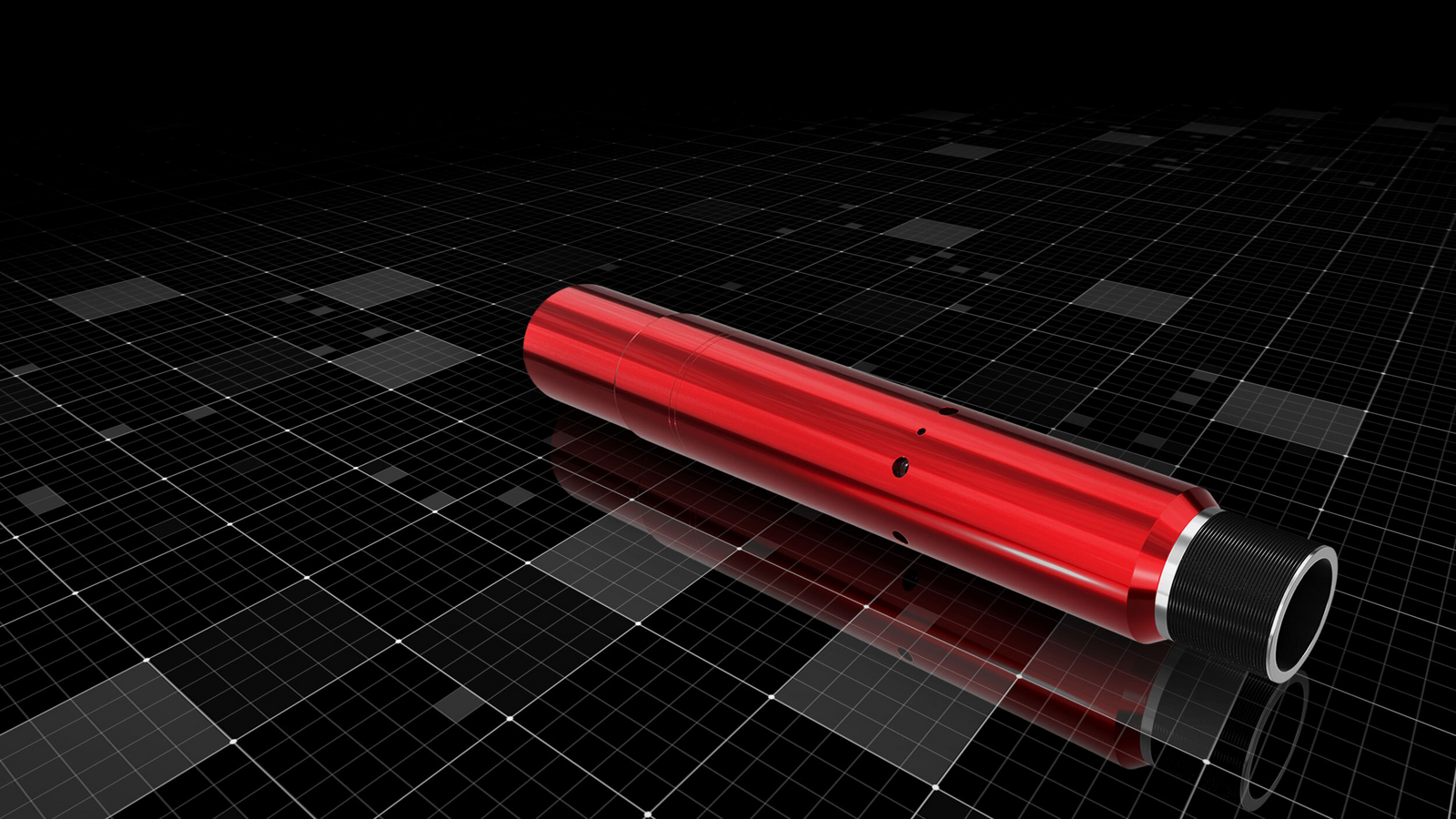 Search
Search
 Search
Search

CorrosaCem™ cement and Fidelis™ stage cementer achieve zonal isolation for Class VI permit for CCUS wells.
Download PDFCCUS well campaign
Corrosion-resistant cement solution for future planned CCUS wells

Gulf of Mexico

With increased regulatory pressure to reduce CO2 emissions, operators continue to focus on carbon capture, utilization, and storage (CCUS). Wells used for permanent CO2 storage are designated Class VI and require an intensive and lengthy permit process. One of the key requirements to obtain a Class VI permit is isolation of the full production casing to surface using a corrosion-resistant solution. Advanced planning and operator collaboration are necessary to meet the specific permit requirements to obtain Class VI status.
An operator in the Gulf of Mexico required a corrosion-resistant solution across the zone of interest (ZOI) and full isolation of the casing string to surface to obtain a Class VI permit for CO2 injection in two vertical CCUS wells. These wells are located in an area with restrictive geological margins (close tolerance pore pressure and fracture gradient), which poses challenges to effectively lift cement to surface while working within the equivalent circulating density (ECD) limitations. A multi-stage tool that can provide quality isolation across the cementing port seals is necessary to overcome these challenges.
The deeper sections of the well pose additional challenges related to high-formation temperature. Because the expected static temperature at total depth (TD) was 316°F, the solution required additional cement design modifications and laboratory confirmation to ensure optimal cement properties.
A FIT/LOT test was also necessary after drilling out the shoe in addition to a cement bond log (CBL) on each cemented section to confirm cement isolation.
Halliburton used the CorrosaCem™ cement system to provide isolation across the injection zones. We tailored this reduced Portland cement blend with additives to help lower permeability, reduce corrosion alteration, and address the elevated temperatures for the deeper casing strings.
To adequately design each string, we ran multiple iterations using iCem® cementing service with information provided by the operator.
iCem cementing service is an engineering design tool used to assess specific downhole well variables of a cement application. The results of these pre-execution models revealed that ECDs would hinder a traditional cement application. Instead, we implemented a multi-stage tool as a mechanical solution to effectively pump the operation and provide full isolation of the casing string to maintain wellbore integrity.
Following Halliburton's recommendation, the operator selected Fidelis™ stage cementer to perform the critical two-stage cement operation. Its internal sleeve design provides increased stability compared to external sleeve options during well completions and does not interfere with fiber or monitoring cable. A multi-stage tool is ideal in an ECD-limited application because all components are internal, decreasing the impact of ECDs, with no additional annular restriction upon casing OD increase.
After cementing the second stage, an internal closing sleeve and two sets of CO2-resistant, high-pressure seals on either side of the cementer ports helped restore casing integrity.
Double-lock rings on the closing sleeve latch into the outer case, locking the tool closed after completion of the second cementing stage. These features create a seal that retains structural integrity after cementing operations and can withstand cumulative stresses and well events, such as injection and pressure monitoring, across the internal sleeve throughout the life of the well.
One additional benefit: the 7-in. Fidelis stage cementer has been tested to the V0 rating per the API 19 AC V0 industry specification, providing zero bubble gas-tight mechanical isolation.
The combination of the CorrosaCem cement system and the Fidelis stage cementer delivered effective production string and future injection zone isolation.
For each casing string, visual observation of cement returns to surface and density measurement confirmed full isolation on location. The operator ran, evaluated, and approved a CBL. This successful CBL was the final evaluation criteria necessary to meet the required Class VI permit parameters.
Solution
Rated stage cementer
Confirmed isolation of the production zone

The Fidelis™ stage cementer provides multiple stage cementing capabilities with hydraulic fracturing durability.

iCem® Service is the most robust cementing design tool in the industry, dramatically increasing the probability of wellbore integrity.
